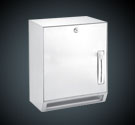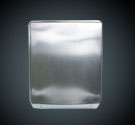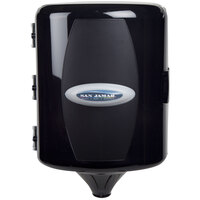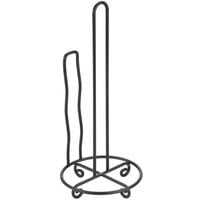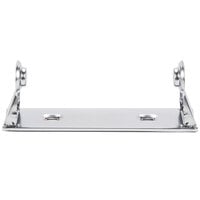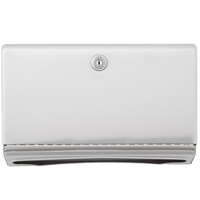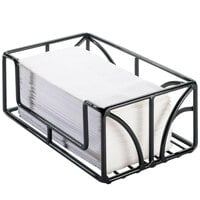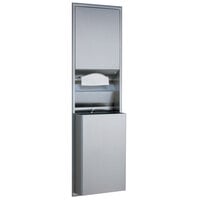Die casting is an important manufacturing technology used in many industries. Companies can make nearly all parts using different casting processes.
What is Die Casting?
According to The Engineer’s Handbook, this is a manufacturing process where solid metals are melted and heated to a desired temperature after which, it is poured into a cavity or mold with proper shape.
The melting and heating process may require different furnace heating temperatures. Moreover, different chemical substances may be added to modify chemical composition of metals.
The process may be a single step of a series steps depending on the complexity of the metal substance. Cast parts may range from fraction of inches to over 35 feet. And final product can have virtually any size depending on what designer desires.
Apart from these, it is also crucial to highlight the major metal casting processes that have been used in this industry.
- Sand casting
- Lost Wax casting
- Permanent mold casting
- Centrifugal casting
What Makes Die Casting a Distinct and More Importantly Intriguing?
All the other processes I have listed above are collectively referred to as “foundry processes” except die casting.
Let’s zero into what die casting is.
The Engineering.com defines die casting as a manufacturing process that produces metal parts of virtually all designs by forcing molten metal under high pressure into a die cavity. The underlying factor here is exerting high pressure through a die.
It is a key factor that distinguishes this metal fabrication process from the other metal casting procedures listed above.
For instance, if we look at a process such as lost wax casting, investment casting or sand casting procedures, the underlying factor in this case is the fact that, the process depends on gravity to fill the mold.
The Cambridge Dictionary defines gravity as a natural force that attracts objects towards one another, more so that force, which makes things fall on the ground.
This further reveals more properties of die casting in relation to other metal casting processes.
Here are three key points to note:
- Metal die casting process has a short cycle time
- Metal flow is faster in die casting due to existence of external force
- Molds in die casting are not as thick as those used in the sand casting or investment casting processes
Metal die casting process is used to produce various shapes from a number of non-ferrous metals such as brass, zinc, aluminum, magnesium and copper among other metals.
It is one of those manufacturing processes with the ability to produce high detailed and accurate parts. It is also preferred for mass production of components as opposed to other manufacturing processes. Take for instance, the faucet parts, door knobs, decorative parts, etc.
Die Casting Examples
Die casting is one kind of technology that we have lived to embrace in our day-to-day activities. This is a popular manufacturing process that is used to produce a number of metal parts both for industrial and domestic applications.
For this particular section, we’ll categorize these parts based on where they are used i.e. their industrial or domestic applications.
The most common die casting examples include the following:
Brass Die Casting Parts
These are common examples of die cast parts that we meet in our daily lives. They are available in different configurations. These lamp parts include brass fixture body parts, necks and breaks among others.
Most lighting distributors place their orders to different lighting parts suppliers, and give the brass lamp parts order to a casting manufacturer; this will save them a lot on cost.
Brass Parts May Include:
- Brass electrical components such as the socket termination parts and coaxial cables.
- Mechanical parts such as those that are used in the plumbing industry. These may include pipe joints, washers, nuts, flanges and T-joints just to mention a few.
- House accents such as brass candle holders, vases, canisters, decorative pillows, etc.
- Furniture hardware such as door knobs, locks, and handles.
- Brass precision components such as clips, connectors and taps among other sections.
Zinc Die Casting Parts
Zinc is also a popular metal that is used in this industry. Normally, the manufacturers have to choose between the ZA and ZAMAK alloy. The choice of any alloy will depend on the desired physical properties of the end product. That is, parts cast using the ZA alloys have superior strength due to high mounts of aluminum. The Zamak alloys offer better castability.
The zinc die casting parts may include window hardware, electrical components, bathroom fixtures and office equipment, just to mention a few.
Steel Die Casting Parts
Like the other metals mentioned above, the steel cast parts also form an integral role of our lives. This involves casting different types of steels such as stainless steel.
Some of the most common components that are manufactured via this technique include valves, hydroelectric turbine wheels, tooling equipment and pumps among other parts in food, electrical and power industries.
All these parts must be manufactured as per the international standards and regulations.
Iron Die Casting Parts
This involves casting a number of iron carbon alloys. These metals have a carbon content that is more than 2%.
Again, the iron casting company should be able to choose that specific metal that can meet the requirements of the end users. This involves determining the carbon content, iron and silicon content.
Aluminum Die Casting Parts
Both aluminum and aluminum alloys are commonly used to cast different machine components. These alloys contain different elements such as copper, manganese, magnesium, silicon and zinc, just to mention few. These elements exist in different proportions thus; different procedures can be used to cast the aluminum parts.
These aluminum die casting parts are used in different industries such as aerospace, electronics, plumbing and chemical industries.
Summary
In summary, there are very many types of components and structured that can be manufactured through die casting. It is upon the end user to choose that kind of metal he/she desired for a given application. However, some may require additional secondary operations.
If you need further details about die casting, I recommend that you can visit the website of Champion H&C Inc.
This company provides various die casting processes for you. Such as aluminum die casting, zinc alloy die casting, etc. Moreover, they also give you CNC lathe machining, CNC turning, CNC milling services. Learn more information, please check Champion H&C website: www.hc-aluminum.com
Article Source: http://www.gatonbrass.com/die-casting/

